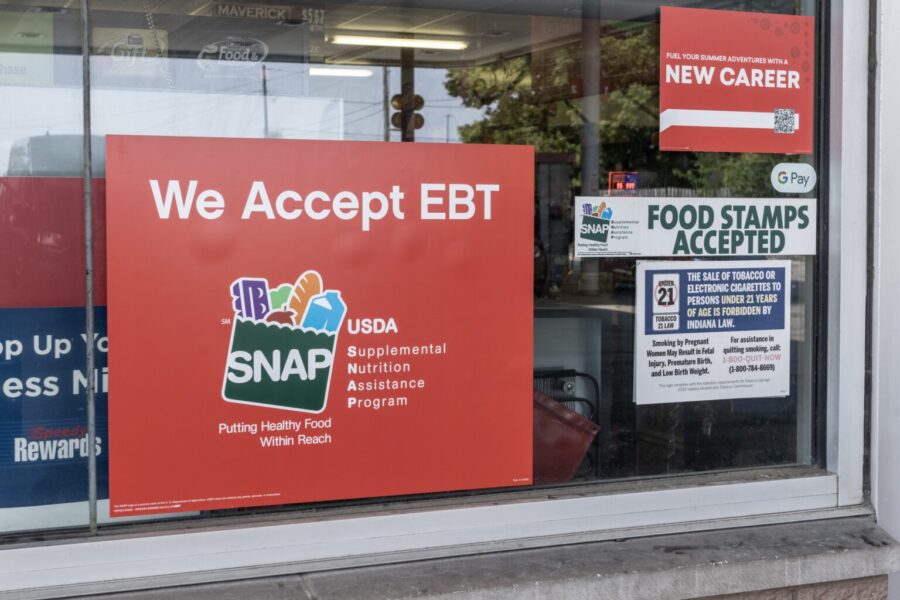Want Instant Updates? Follow us on Google News (here)
Want Instant Updates? Follow us on Google News (here)

Who Receives SNAP Benefits? A 2023-2024 Breakdown of America’s Food Assistance Program
More than 42 million Americans currently rely on the Supplemental Nutrition Assistance Program (SNAP) — also known as food stamps — to help put food on the table. But who exactly are the recipients of this essential federal benefit?
As debates continue in Washington over government funding and food aid during the 2025 shutdown, it’s worth taking a closer look at who is impacted the most when SNAP benefits are at risk.
Racial and Ethnic Breakdown of SNAP Recipients

Data Source: USDA Characteristics Report (PDF)
According to the USDA’s latest comprehensive data from fiscal year 2023, the racial composition of SNAP recipients is more diverse than often assumed:
- 35% are non-Hispanic White
- 26% are Black
- 16% are Hispanic
- 23% are from other racial or ethnic groups, or unspecified
This data challenges common myths and shows that SNAP reaches across racial and ethnic lines — it’s a nationwide safety net.
U.S.-Born vs. Immigrant SNAP Recipients
Contrary to misinformation, the vast majority of SNAP recipients are U.S. citizens:
- 89% were born in the United States
- Just over 3% were noncitizens
- The rest include naturalized citizens and refugees
- Undocumented immigrants are not eligible for SNAP under current law
Children and Families in the SNAP System
SNAP is especially vital for children:
- 39% of SNAP recipients are children
- 34% of households receiving SNAP have at least one child
- About 59% of all SNAP households consist of single individuals, often elderly or living with disabilities
Additionally, 21% of households receiving SNAP have non-elderly, able-bodied adults without children, a group that has historically received less attention in food policy discussions.
Where SNAP Hits the Hardest
SNAP usage varies widely by state. According to 2024 USDA data:
- New Mexico has the highest participation rate, with over 21% of residents receiving benefits.
- Louisiana follows closely, with 18.4% of its population on SNAP.
These numbers reflect deep regional poverty and the persistent need for food security programs in underserved communities.
Why This Matters Now
The 2025 government shutdown has put millions of SNAP recipients on edge. Legal battles are ongoing, and emergency funding is being used to temporarily cover benefits in November. However, uncertainty remains.
Households across the U.S. are bracing for disruptions in monthly benefits, and food banks are already preparing for surges in demand.
As lawmakers debate long-term funding, it’s important to understand that SNAP isn’t just a line item in the budget — it’s a lifeline for millions of Americans.
Final Thoughts
SNAP benefits reach across lines of age, race, income, and geography. Whether you’re talking about working families, veterans, the elderly, or children, food assistance programs help bridge gaps and fight hunger every day.
As Congress considers next steps, the data is clear: millions rely on SNAP, and any delay or disruption has real consequences.
Sources & Further Reading:
Leave a reply




